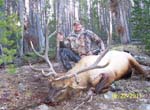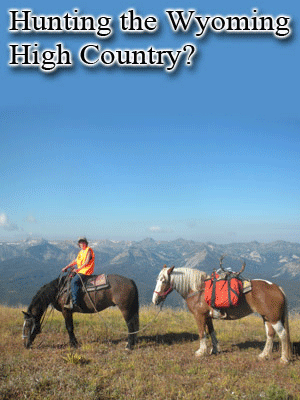highfastflyer
Very Active Member
- Messages
- 1,555
A few years old but still a great reminder of the I-80 barrier to wildlife, It’s only 12 minutes long, worth a watch.
I don't think it is so much that people don't realize or don't understand. The problem is which do we have more control over. It is expensive and hard work to mitigate vehicle collisions. Often times it involve multiple agencies, and a bunch of different stake holder. Doe harvest however is easy it is really low hanging fruit. It only seems natural that if the deer herds are not to objective then we should not be killing the doe.People just don't realize, or acknowledge, just how many deer are killed in wildlife vehicle collisions (WVC) and the impact that has on herds. They just want to blame the doe hunts for low numbers.
Over in WY 128, they give out 50 WT doe tags and 50 MD doe tags for that area for all the seasons. There are that many deer killed EVERY WEEK on the 15 miles of highway from town to the winter range!!! A friend with a body shop says that 70% of his repairs are deer collisions.
Idaho F&G has acknowledged that the WVC numbers are 10-20% of the total harvest every year!! No one wants to prevent that tho.
100% agree with Blank! People give hunters too much credit for declining animal numbers. Hunter harvest is such a small percentage of the total annual loss. When the topic of declining game populations are discussed on these forums lots of guys like to go to saying it’s F&G giving out too many tags or hunters are just too efficient with too much technology or the special interest groups get too many tags etc.I don't think it is so much that people don't realize or don't understand. The problem is which do we have more control over. It is expensive and hard work to mitigate vehicle collisions. Often times it involve multiple agencies, and a bunch of different stake holder. Doe harvest however is easy it is really low hanging fruit. It only seems natural that if the deer herds are not to objective then we should not be killing the doe.
For us to stop killing doe or decrease doe harvest, all it takes is a small adjustment in policy, not the collaboration of entirely different state and federal entities.
I think every single person upset about doe harvest would be in favor of any project that will decrease vehicle issues as long as they maintained the historical migration routes intact. But those projects must be done the right way. The project north of Baggs is a great example of done right. But I have see other project like one in Colorado where all the project deer was concentrate deer and now we get entire groups hammered.
 Urge 2 Hunt
Urge 2 Hunt
We focus on trophy elk, mule deer, antelope and moose hunts and take B&C bucks most years.

